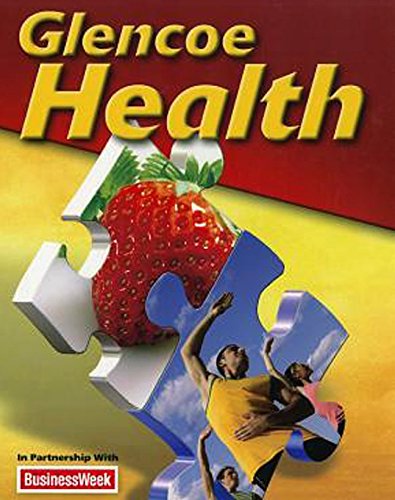
All Solutions
Section 1.3: Health Risks and Your Behavior
Examples of risk behaviors include unhealthy dietary behaviors, sexual behaviors that result in diseases and unintended pregnancies, and impulsive behaviors that may contribute to violence.
2. Increased happiness
3. Longevity
If teens are educated on the issues and provided with an honest discussion on how to make safe and responsible decisions when encountering these scenarios, they are more likely to avoid risks which can harm them. Monitoring one’s behavior can help promote a healthier lifestyle.
Lifestyle factors such as participating in a nonjudgmental educational environment and abstaining from risky behaviors are important to help improve a teen’s health. If he or she engages in an honest discussion with family, friends, or educators and know the risks involved with the behavior, they will more likely be prepared when they encounter these issues. An example would be abstaining from alcohol completely or waiting until he/she is of legal age to responsibly drink. Educators, family, and friends can also discuss positive sexual health either through abstinence or being safe (such as using protection).
With more information and knowledge on these issues, teens will be able to practice positive health behaviors and habits.
While many individuals may think that more teens engage in risky behaviors, the data shows that the majority recognize and understand the risks involved in certain behaviors and subsequently, make responsible decisions to better their health.
Haven't found what you were looking for?
Search for samples, answers to your questions and flashcards

